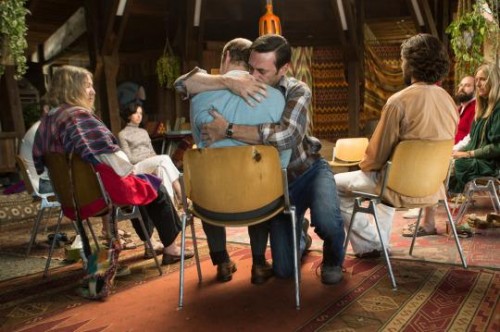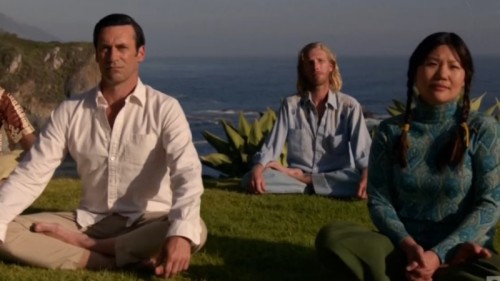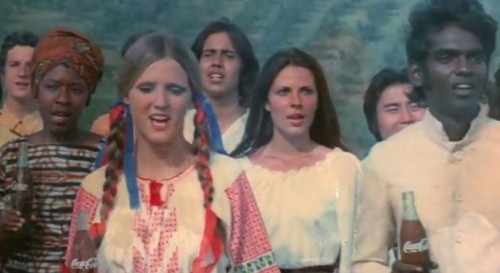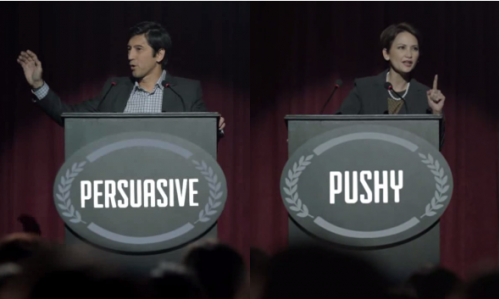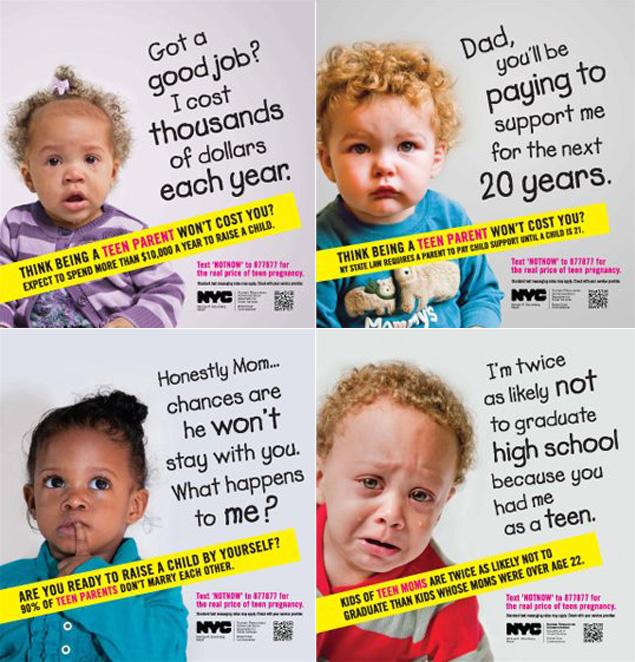In the 1950s and ’60s, a set of social psychological experiments seemed to show that human beings were easily manipulated by low and moderate amounts of peer pressure, even to the point of violence. It was a stunning research program designed in response to the horrors of the Holocaust, which required the active participation of so many people, and the findings seemed to suggest that what happened there was part of human nature.
What we know now, though, is that this research was undertaken at an unusually conformist time. Mothers were teaching their children to be obedient, loyal, and to have good manners. Conformity was a virtue and people generally sought to blend in with their peers. It wouldn’t last.
At the same time as the conformity experiments were happening, something that would contribute to changing how Americans thought about conformity was being cooked up: the psychedelic drug, LSD.
Lysergic acid diethylamide was first synthesized in 1938 in the routine process of discovering new drugs for medical conditions. The first person to discover it psychedelic properties — its tendency to alter how we see and think — was the scientist who invented it, Albert Hoffmann. He ingested it accidentally, only to discover that it induces a “dreamlike state” in which he “perceived an uninterrupted stream of fantastic pictures, extraordinary shapes with intense, kaleidoscopic play of colors.”
By the 1950s , LSD was being administered to unwitting American in a secret, experimental mind control program conducted by the United States Central Intelligence Agency, one that would last 14 years and occur in over 80 locations. Eventually the fact of the secret program would leak out to the public, and so would LSD.
It was the 1960s and America was going through a countercultural revolution. The Civil Rights movement was challenging persistent racial inequality, the women’s and gay liberation movements were staking claims on equality for women and sexual minorities, the sexual revolution said no to social rules surrounding sexuality and, in the second decade of an intractable war with Vietnam, Americans were losing patience with the government. Obedience had gone out of style.
LSD was the perfect drug for the era. For its proponents, there was something about the experience of being on the drug that made the whole concept of conformity seem absurd. A new breed of thinker, the “psychedelic philosopher,” argued that LSD opened one’s mind and immediately revealed the world as it was, not the world as human beings invented it. It revealed, in other words, the social constructedness of culture.
In this sense, wrote the science studies scholar Ido Hartogsohn, LSD was truly “countercultural,” not only “in the sense of being peripheral or opposed to mainstream culture [but in] rejecting the whole concept of culture.” Culture, the philosophers claimed, shut down our imagination and psychedelics were the cure. “Our normal word-conditioned consciousness,” wrote one proponent, “creates a universe of sharp distinctions, black and white, this and that, me and you and it.” But on acid, he explained, all of these rules fell away. We didn’t have to be trapped in a conformist bubble. We could be free.
The cultural influence of the psychedelic experience, in the context of radical social movements, is hard to overstate. It shaped the era’s music, art, and fashion. It gave us tie-dye, The Grateful Dead, and stuff like this:
The idea that we shouldn’t be held down by cultural constrictions — that we should be able to live life as an individual as we choose — changed America.
By the 1980s, mothers were no longer teaching their children to be obedient, loyal, and to have good manners. Instead, they taught them independence and the importance of finding one’s own way. For decades now, children have been raised with slogans of individuality: “do what makes you happy,” “it doesn’t matter what other people think,” “believe in yourself,” “follow your dreams,” or the more up-to-date “you do you.”
Today, companies choose slogans that celebrate the individual, encouraging us to stand out from the crowd. In 2014, for example, Burger King abandoned its 40-year-old slogan, “Have it your way,” for a plainly individualistic one: “Be your way.” Across the consumer landscape, company slogans promise that buying their products will mark the consumer as special or unique. “Stay extraordinary,” says Coke; “Think different,” says Apple. Brands encourage people to buy their products in order to be themselves: Ray-Ban says “Never hide”; Express says “Express yourself,” and Reebok says “Let U.B.U.”
In surveys, Americans increasingly defend individuality. Millennials are twice as likely as Baby Boomers to agree with statements like “there is no right way to live.” They are half as likely to think that it’s important to teach children to obey, instead arguing that the most important thing a child can do is “think for him or herself.” Millennials are also more likely than any other living generation to consider themselves political independents and be unaffiliated with an organized religion, even if they believe in God. We say we value uniqueness and are critical of those who demand obedience to others’ visions or social norms.
Paradoxically, it’s now conformist to be an individualist and deviant to be conformist. So much so that a subculture emerged to promote blending in. “Normcore,” it makes opting into conformity a virtue. As one commentator described it, “Normcore finds liberation in being nothing special…”
Obviously LSD didn’t do this all by itself, but it was certainly in the right place at the right time. And as a symbol of the radical transition that began in the 1960s, there’s hardly one better.
Lisa Wade, PhD is an Associate Professor at Tulane University. She is the author of American Hookup, a book about college sexual culture; a textbook about gender; and a forthcoming introductory text: Terrible Magnificent Sociology. You can follow her on Twitter and Instagram.


